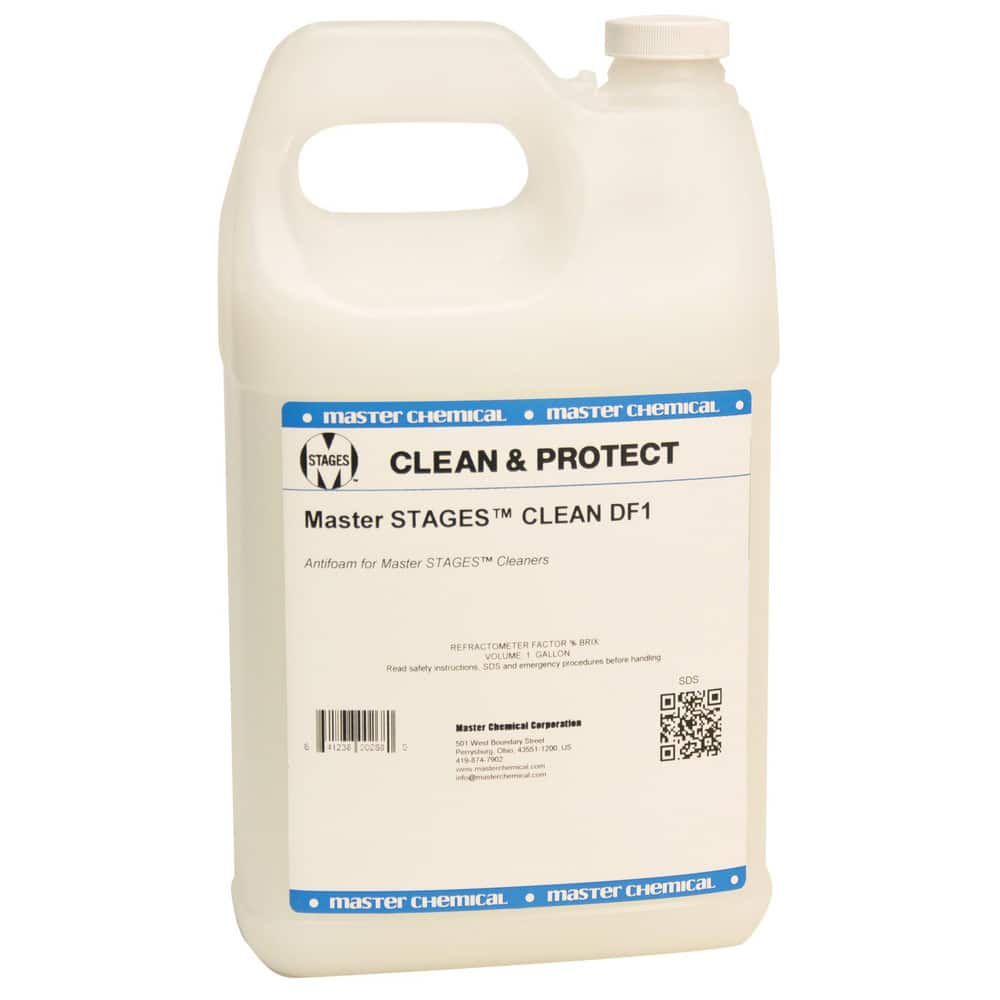Ideal Practices for Selecting the Right Anti-Foam Control Remedy for Your Demands
Selecting an efficient anti-foam control remedy demands a thorough evaluation of your unique functional requirements. Secret factors to consider include the certain buildings of your process, such as chemical, ph, and temperature level interactions, all of which substantially influence the efficiency of defoaming representatives.
Understand Your Foam Problem
Often, organizations run into foam-related concerns that can prevent functional effectiveness and item quality. Foam formation can occur throughout numerous processes, consisting of mixing, fermenting, and transport, and it often causes devices inefficiencies, production downtime, and enhanced functional costs. Recognizing the underlying reasons for foam generation is important for resolving the issue properly.
Foam can develop from numerous variables, such as the nature of the products entailed, frustration levels, temperature variations, and chemical responses. For example, specific surfactants can intensify frothing, while high shear blending can present air, bring about unwanted foam buildup. Furthermore, environmental conditions and the details characteristics of the liquid systems being used can substantially affect foam actions.
By examining these variables, companies can acquire understandings right into their foam problems, enabling them to create targeted methods to mitigate foam formation and enhance overall procedure efficiency. This foundational understanding is vital for choosing a proper anti-foam control option customized to particular functional requirements.
Examine Anti-Foam Options
When considering anti-foam alternatives, it is vital to thoroughly evaluate the numerous solutions offered on the market to locate one of the most appropriate solution for your specific foam-related obstacles. Anti-foam agents can be found in varied types, consisting of silicone-based, non-silicone, and all-natural formulas, each offering unique homes and performance characteristics.
Begin by examining the certain application demands, such as temperature limits, pH levels, and the kind of foam being generated. Silicone-based representatives are understood for their efficiency in high-temperature atmospheres, while non-silicone alternatives may be more suitable in food processing applications due to governing factors to consider.
It is likewise important to think about the rate of application and the preferred longevity of the foam control. Some formulas might offer instant defoaming action, while others provide long term stability. Performing small-scale tests can give insights into the performance of each option in real-world conditions.
Consider Application Compatibility
In the world of anti-foam remedies, making certain application compatibility is critical for attaining optimal performance. The performance of an anti-foam agent greatly depends upon its capacity to work sympathetically within the details criteria of your application, including temperature level, pH, and the existence of various other chemicals. Different solutions may do variably across varied conditions, therefore detailed testing is important.
Begin by recognizing the features of your process, such as viscosity and the nature of the tool in which the anti-foam will be used. Some anti-foam representatives might function well in liquid solutions but stop investigate this site working in natural solvents. In addition, consider the prospective interactions with existing active ingredients and products to avoid unfavorable impacts.
It is likewise vital to examine the technique of application. Whether the anti-foam is presented continuously or batch-wise can influence its efficiency and longevity in the system. Make sure that the selected product is not just compatible with the operational parameters but also lines up with any kind of governing demands relevant to your sector.
Assess Environmental Influence
Exactly how does the ecological impact of an anti-foam control solution affect your general choice process? learn the facts here now The environmental impact of your chosen anti-foam representative is vital, as it reflects your commitment to sustainability and regulative compliance. Selecting an item with marginal environmental consequences can improve your company image and foster client trust.
When evaluating environmental impact, take into consideration the biodegradability of the anti-foam option. Naturally degradable options are typically more effective, as they damage down much more rapidly and minimize long-term environmental damage. In addition, assess the possibility for bioaccumulation and poisoning to marine life. Solutions with high poisoning can position substantial risks to neighborhood environments, possibly leading to governing penalties and ecological deterioration.
One more essential element is the visibility of harmful substances. Anti-foams containing damaging chemicals might necessitate special delivery and disposal procedures, raising functional prices and complicating conformity with environmental guidelines. As a result, selecting environmentally friendly alternatives can minimize these threats.
Monitor and Maximize Efficiency
To make the most of the effectiveness of your anti-foam control service, it is necessary to routinely keep an eye on and enhance its performance. Continual assessment permits the identification of any discrepancies in foam degrees and the succeeding performance of the anti-foam representative.
Implement a methodical technique to monitor key efficiency indications (KPIs), such as foam volume, stability, and the reaction time of the anti-foam representative. Make use of logical tools and strategies, such as aesthetic examinations, foam elevation dimensions, and specialized sensing units, to gather exact information.

Furthermore, preserve open communication with vendors for technical assistance and understandings on the current advancements in anti-foam innovation. This proactive strategy not only help in attaining optimum performance yet likewise minimizes operational disturbances and enhances general procedure efficiency. Consistently revisiting and fine-tuning your anti-foam approach guarantees that you are successfully managing foam-related challenges, eventually resulting in enhanced performance and cost savings.

Final Thought
In conclusion, selecting the proper anti-foam control service demands a comprehensive assessment of certain application demands, including temperature, pH levels, and chemical compatibility. Sticking to these ideal techniques will help with educated decision-making in anti-foam control options.
Picking a reliable anti-foam control solution requires a comprehensive assessment of your distinct functional demands.In the world of anti-foam options, making certain application compatibility my website is paramount for achieving optimal performance.How does the environmental impact of an anti-foam control service influence your overall selection process?In conclusion, selecting the appropriate anti-foam control solution demands a comprehensive evaluation of specific application demands, consisting of temperature level, pH degrees, and chemical compatibility (Anti-Foam Control Solutions). Adhering to these best practices will certainly promote informed decision-making in anti-foam control options